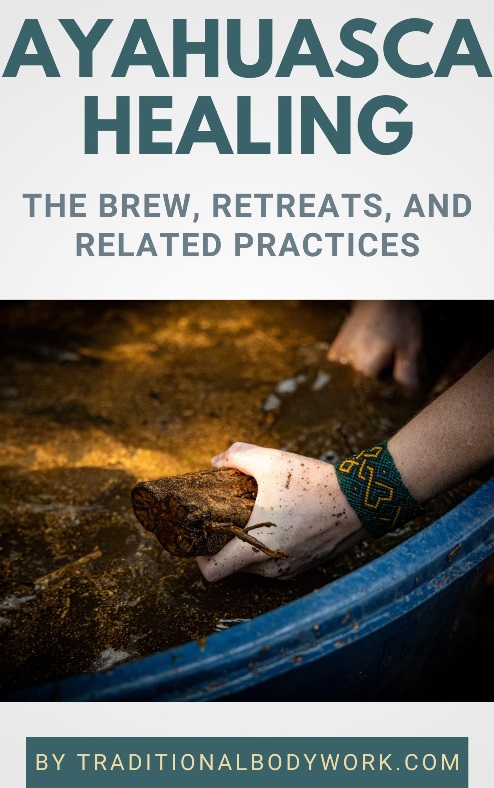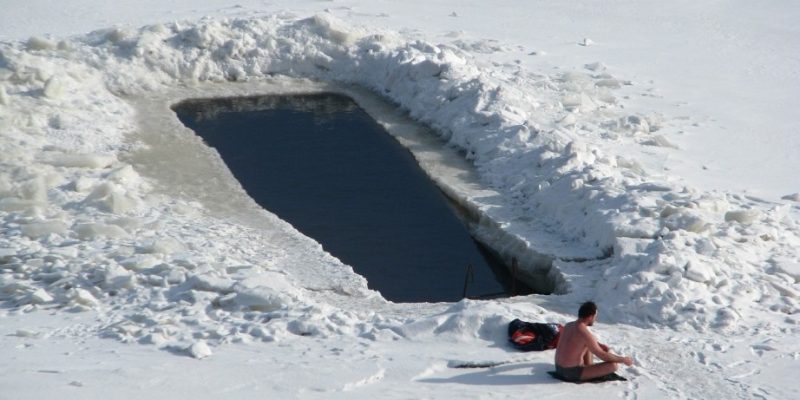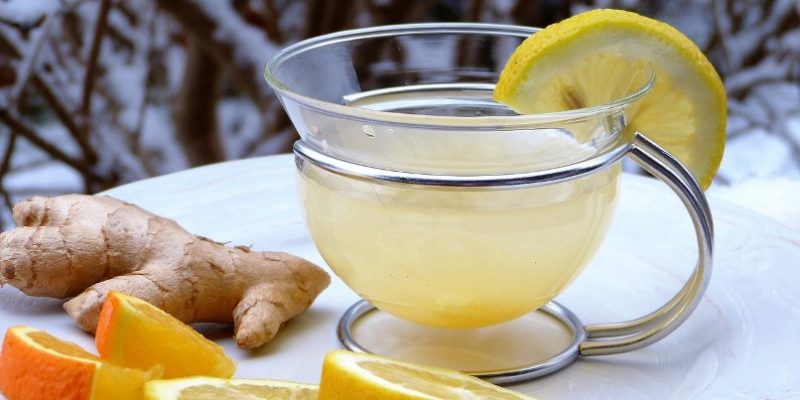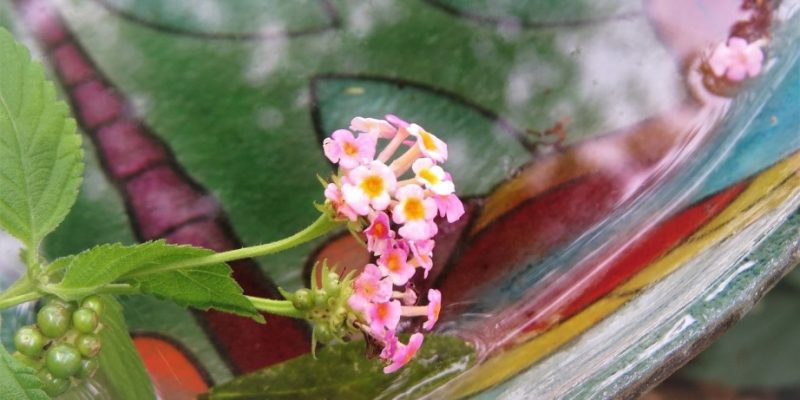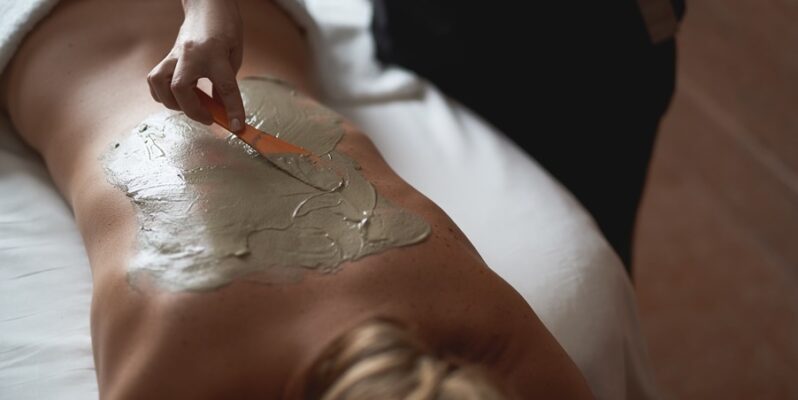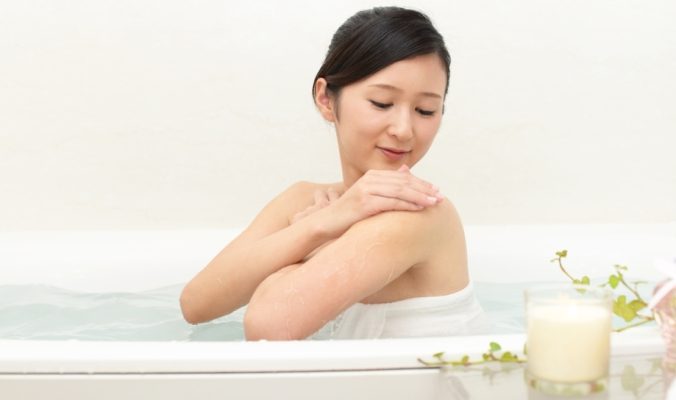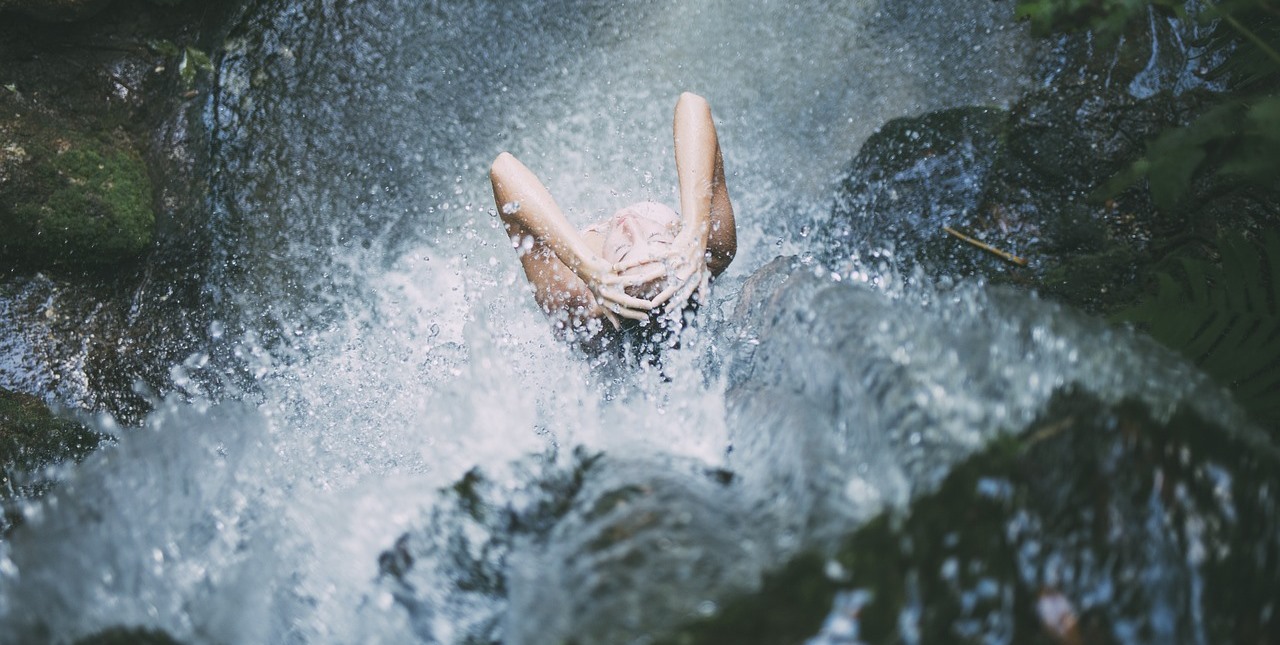
Bathing is of course a very vast topic, but in this post we’ll primarily look at bathing in relation to Nature.
As a rule, bathing is defined as the activity of washing (parts of) the body (with water), or the entire immersion of the body in water. Common uses of bathing are for personal hygiene, to cool off, for relaxation and recreation — such as swimming — for religious or ceremonial motives, or for therapeutic aims, the latter sometimes called Hydrotherapy or Balneotherapy.
Bathing in Nature has been done as long as we can remember. This includes bathing in a river, creek, pond, waterfall, rapid, lake, hot spring, or in the sea. Peoples who live in natural environments often use these types of water bodies to clean themselves, or they simply use them for recreation.

Hot springs (or mineral springs) may be used for therapeutic purposes, for instance to cure rheumatic illnesses or skin problems. The mineral and salt components of seawater are likewise used for healing purposes.
Sometimes people also use the mud, sand, sludge, or leaves found in the water (typically on the bottom or on the shore) to rub their skin with or to soak in it, to afterwards rinse or immerse their body with/in water.
The water temperature can also be a reason to bathe in order to induce beneficial effects for the body. Additionally, bathing can be enhanced by using certain herbs, sometimes already available in a water body, in other cases by mixing them with water from natural water sources.
Bathing for religious or spiritual purposes is often symbolic, usually done in a sacred water body such as a river, and in most cases serves as a type of spiritual cleansing or as a spiritual initiation.
Depending on the culture, religion, and/or social conventions, people may bathe unclothed or (partly) clothed in public spaces. When clothed the clothes can consist of either underwear, a swimsuit, a t-shirt, a dress, skirt, or sometimes even the normal, entire daily wear.

